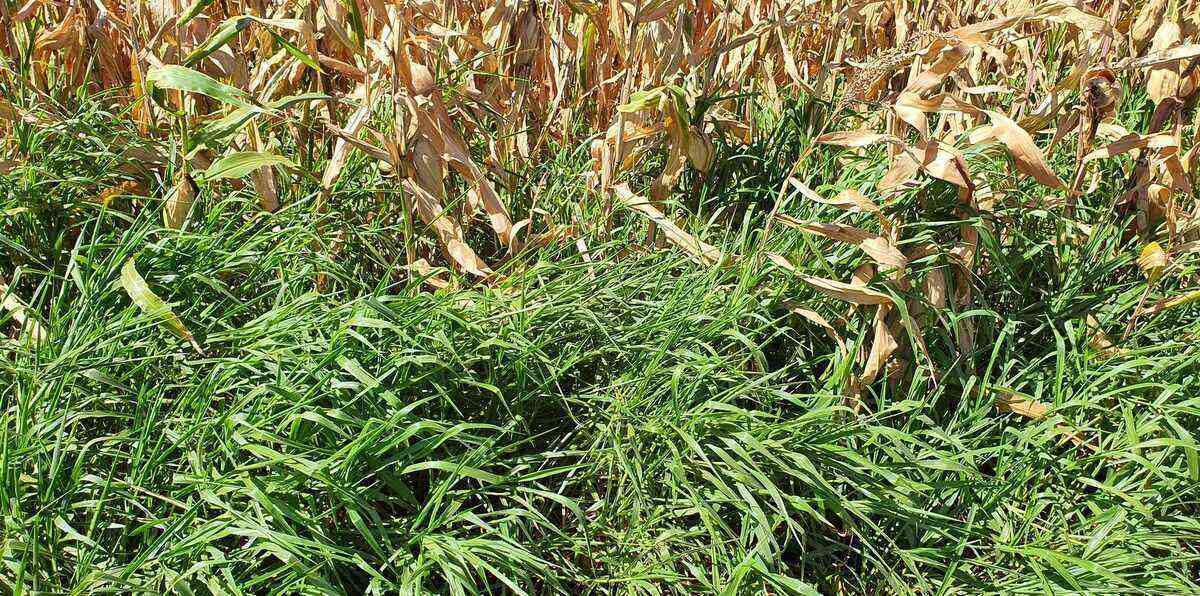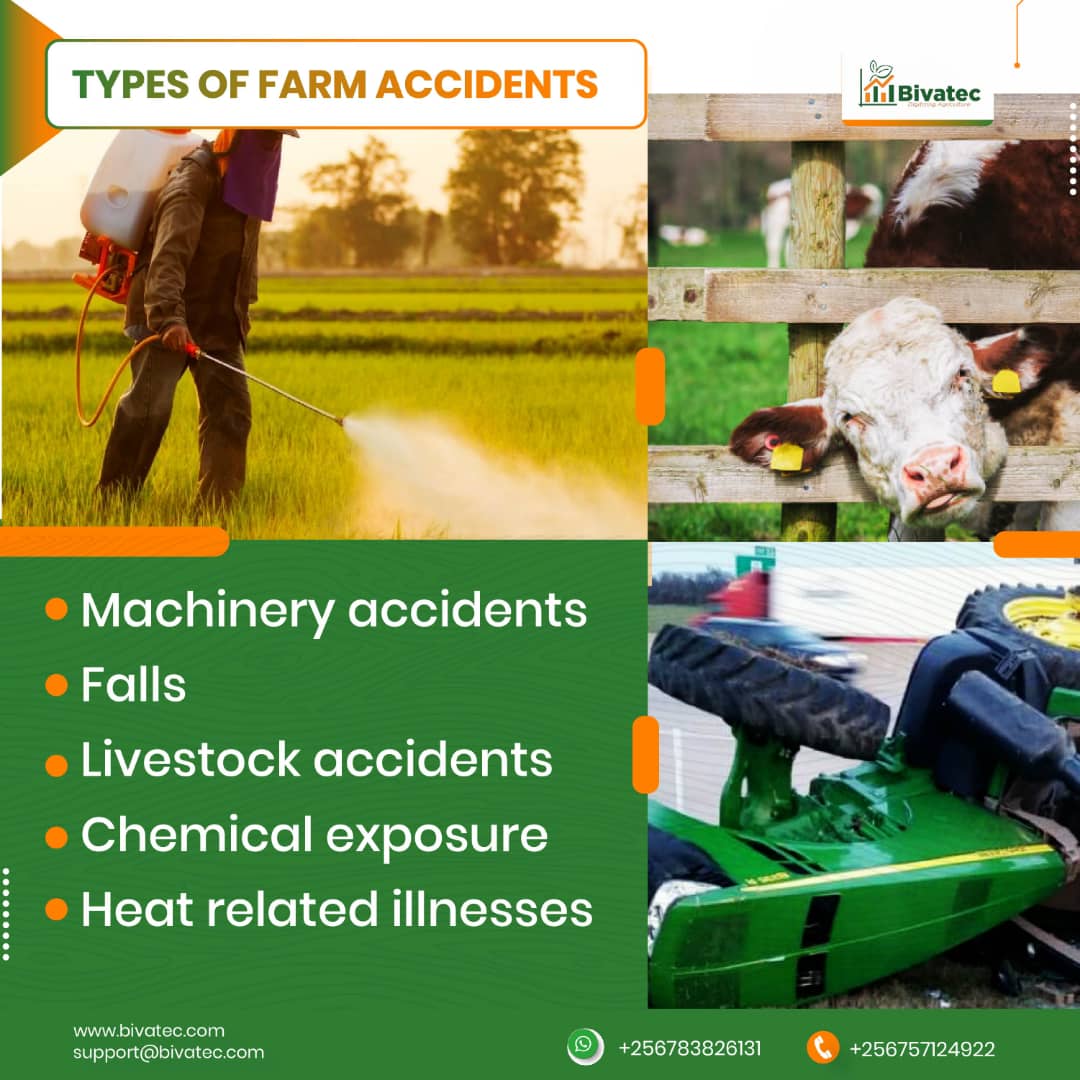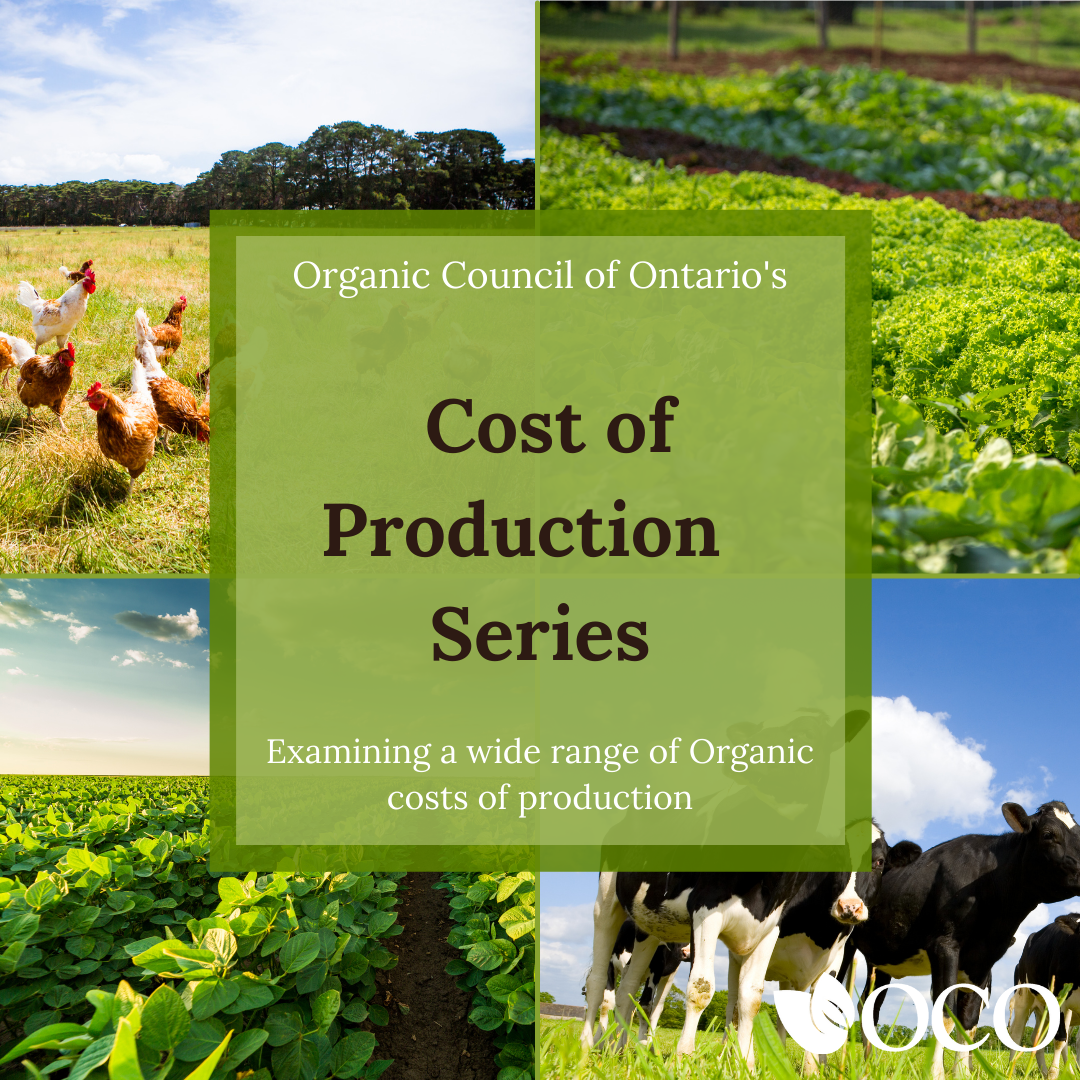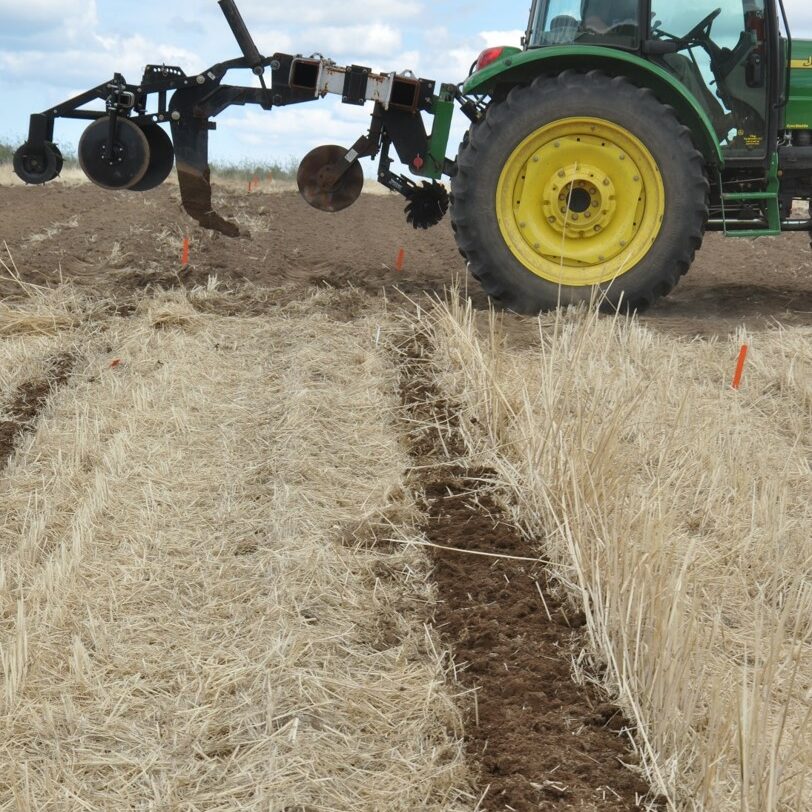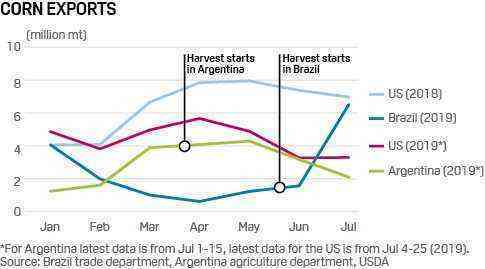According to data from the IBGE Inventory Survey carried out in the 2nd half of 2020, more than 4 million tons of soybeans are stored in the country. Many producers choose not to commercialize the entire crop as soon as it is harvested, and can keep the grains stored for periods longer than a year.
With this in mind, maintaining the quality of these grains is extremely important in order not to lose the investments made throughout the harvest. Care must be taken with the occurrence of insect pests, as well as rodents and fungi.
In addition, maintaining control of humidity and temperature are essential for maintaining the quality and weight of the grains and also the vigor of the seeds.
In this post, we’re going to talk about all the factors to consider when storing soybeans safely. Check out!
Grain moisture content at harvest
Grain moisture control begins at harvest time. When it reaches physiological maturity, soybeans have a moisture content of approximately 50% in their grains. However, the harvest should be done when this content has decreased to about 14 to 20%.
For this, a sampling of the grains and evaluation of the moisture content must be carried out, and then, having this information, proceed with the harvest. It is recommended to avoid harvesting during the rainy season.
It is important to point out that sampling must be well done to reflect the reality of the crop, and that the establishment of a uniform crop from the beginning provides greater regularity in the degree of maturation of the grains, and consequently, in the humidity.
Even after a good harvest, the soybean producer must be careful when storing the grains and thus avoid losses.
Grain cleaning and drying
After harvesting, an evaluation of the grains must be carried out: if they are clean and dry, storage can proceed. If they are clean but damp, they must be dried before storing them. However, if they are dirty, they must go through a cleaning process, then drying and only then storage.
The cleaning process involves the separation of plant remains and other impurities from the harvest, and may also include procedures to prevent the occurrence of pests and fungi, such as the application of insecticides and protective fungicides.
Drying can be done naturally or artificially. The natural one consists of drying with the action of the sun and the wind, being dependent on the climatic conditions, and the artificial one relies on the help of grain dryers forced air ventilation in closed environments, being more used.
With drying, the beans must reach a recommended moisture content for storage. This content will depend on the time to be stored and the temperature and relative humidity of the air in the storage environment.

Storage conditions
Aiming at a greater conservation of the quality of the grains, some storage conditions must be followed. Check out:
humidity and temperature
As said, the temperature and humidity of the storage place influence the conservation of soybeans. Therefore, it is recommended not only to be aware of the moisture content of the grains and the period of time for which they are intended to be stored, but also to maintain control of the humidity and temperature in the warehouse or silo.
The lower the storage temperature, the higher the moisture content allowed in the grains. For periods of one year or more and an average temperature of 32 °C, for example, the grains must have a moisture content of less than 11%. If the silo temperature is maintained at 2°C, the grains can have up to 16% moisture.
To exemplify a little more, grains with a moisture content of 22% can only be stored for 3 days if the temperature is 29 ºC, and up to 39 days with a temperature of 2 ºC.
The artificial cooling of silos or warehouses also helps to prevent the proliferation of pests and fungi. Therefore, environments with a temperature of 15 °C or less are less prone to infestations.
In a warehouse with a temperature of 35 °C and 15% humidity, it takes 90 days to see the presence of mold and mildew visible to the naked eye, causing the production to be classified as non-standard.

Site cleaning
Grain warehouses are places that have plenty of food for insects and rodents. These pests have the ability to break the soybean seed coat and, in addition, they can carry harmful microorganisms inside them.
The result is a change in appearance and a reduction in the weight of the grains, which makes consumption and sale unfeasible. Therefore, performing a thorough cleaning in the storage place is essential to not have problems.
Other precautions when storing soy
It is very important to monitor the conditions of the warehouse or silo, both in terms of humidity and temperature, as well as the cleanliness of the place and the health of the grains.
In the event of the presence of insects, rodents or fungi, some cleaning procedure must be carried out, such as fumigation, or alternative methods, such as biological control, botanical insecticides or even an adjustment of temperature and humidity.
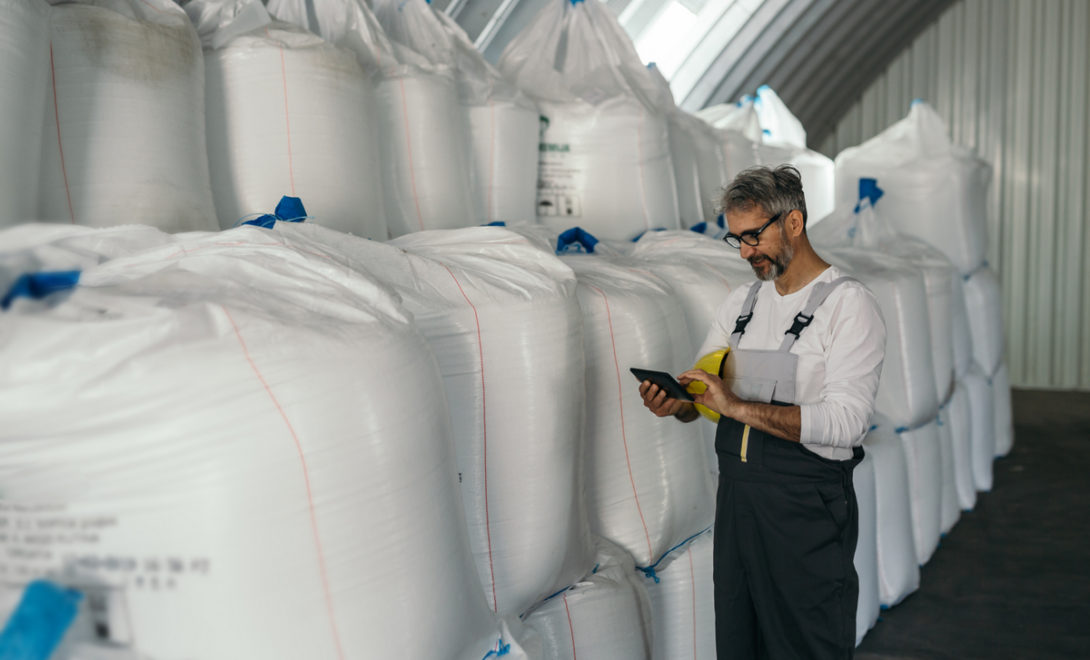
types of warehouses
The locations used for soybean storage vary according to the function, and may be:
- silo dryer;
- holding silo;
- storage silo;
- shipping silo.
And they also vary in material:
- metal silos;
- concrete silos;
- bag silo or bag silos;
- bulk warehouse, among others.
If you want to know more about this subject, visit our post about grain silos and learn more about the types.
Silos are considered the best option for storing soy beans, but frequent checking of their internal conditions is necessary.
So, was this text useful to you? If you want to read more about storage, also check out our post on correct storage of fertilizers and pesticides. Good reading!




